|
Welcome to the CULTURALITY project newsletter |
View online
|
| |
|
Artefacts & Stories: Celebrating Spring & Summer with CULTURALITY
|
| |
|
Now that the days are getting longer and nature is showing signs of vitality, we embrace the second edition of the CULTURALITY Newsletter—our moment of reflection on the evolution of our project dedicated to cultural heritage and sustainable rural tourism. Just as the seasons shape landscapes and traditions, our newsletter follows this natural rhythm, offering reflections on the cycles of regeneration, creativity, and connection.
Spring and summer have long been seasons of abundance, renewal, and creation. Across rural landscapes, they mark the height of agricultural cycles, the celebration of festivals, and the flourishing of artistic expression. For centuries, these months have been a time of gathering—of people, knowledge, and craftsmanship—laying the foundation for cultural tourism that thrives on authentic connections to place and heritage.
At the heart of this issue is the Artefact Gallery, an initiative within the CULTURALITY project that breathes life into the stories of traditional craftsmanship. Every two weeks, one of our partners spotlights a unique craft piece from their country, unveiling the rich artistry and heritage embedded in its creation. From intricate embroidery that weaves community histories to hand-carved objects shaped by generations of skill, each artefact is a portal to the past and a bridge to the future. This gallery is more than a collection of objects—it is a tribute to the artisans who keep these traditions alive and a celebration of the creative expressions that define our shared cultural landscape.
In this edition, we also take you on a journey through Portugal, Scotland, and Italy, introducing you to the partners who contribute to the CULTURALITY project’s vision. They are among our 13 organizations that, across nine countries, are working together to foster sustainable cultural tourism and safeguard intangible heritage.
Through CULTURALITY, we continue to explore the intersections of tradition and innovation, inviting you to discover the resilience and beauty of rural cultural heritage. As we step into the warmer months, we hope this issue inspires you to embrace the creativity, craftsmanship, and community that define cultural tourism in remote and rural areas. |
| |
Celebrating Traditions, Materials and Innovations
The Artefact Gallery, an initiative within the CULTURALITY project, serves as a vibrant platform showcasing Europe's rich cultural heritage and artisanal excellence. Every two weeks, a partner from a different country presents a unique craft piece, offering insights into the diverse materials, techniques, and cultural narratives that have shaped European craftsmanship. This initiative not only preserves traditional knowledge but also fosters innovation by blending age-old techniques with contemporary design.
Bridging Past and Present
The Artefact Gallery not only showcases Europe’s rich artisanal heritage but also highlights the dynamic relationship between tradition and innovation. This initiative is dedicated to both preserving historical artefacts through faithful replicas and fostering creativity by crafting new objects using time-honored techniques. By meticulously recreating traditional pieces, artisans safeguard designs and skills that might otherwise be lost, ensuring they remain accessible to future generations. At the same time, contemporary makers push the boundaries of craft, blending heritage methods with modern aesthetics and functionalities. This dual approach not only revitalizes traditional craftsmanship but also reinforces its relevance in today’s world, opening new possibilities for cultural tourism and sustainable development in rural communities.
In the next lines, you'll discover some striking examples of how tradition and innovation come together. |
| |
|
A Tapestry of Materials and Techniques
|
| |
|
The Artefact Gallery features an eclectic mix of artefacts, each highlighting the unique materials and methods emblematic of its region:
- Textiles: "Tilled Land Coat" from Portugal
![Casaco Terra Lavrada [frente] / Tilled Land Coat [front]. Source: Maria Bruno Néo](https://culturalityproject.eu/wp-content/uploads/2024/11/MOD_241025_HC_TERRA-LAVRADA_FRENTE_web-300x200.jpg)
Proposed by Maria Neo from Universidade de Aveiro, this artefact represents a new product based on Portugal's rich textile heritage. The coat's design and craftsmanship reflect traditional Portuguese techniques, showcasing the intricate patterns and quality materials characteristic of the region's artisanal practices.
- Lighting: "Lámpara Oricia" from Spain
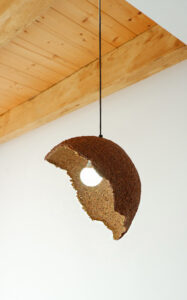
Presented by Llara Fuente Corripio from Universidad de Oviedo, this lamp exemplifies Spanish design aesthetics. The piece combines functionality with artistic expression, utilizing materials and forms that are deeply rooted in Spanish cultural heritage.
- Textile Jewelry: "Skäktefallsstrålar" from Sweden
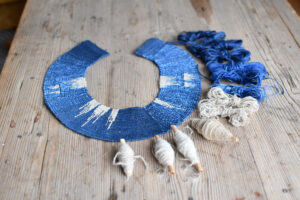
Proposed by Sara Olsson from Region Värmland, this necklace represents a fusion of traditional Swedish textile techniques and contemporary jewelry design. This piece is woven using newly produced Swedish linen yarn, leftover yarn from local practitioners, and inlaid rays made from hand-spun fibers known as scutching tow. This special yarn was spun by the artisan’s great-grandmother in the early 1900s, using flax grown, prepared, and spun by hand in Brunskog region. By transforming woven textiles into jewelry, she honors Sweden’s tradition of using woven products as clothing embellishments while redefining their function.
- Traditional Attire: "Traditional Women's Costume from Maramureș" from Romania
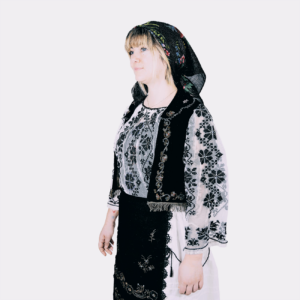
Presented by Roxana-Talida Roman from Maramureș County Council, this costume represents Romania's rich tradition in textile arts. The ensemble features intricate embroidery and vibrant colors, reflecting the cultural identity and artisanal skills of the Maramureș region.
- Footwear: "Scarpetti, i scarpets de Cjargne" from Italy
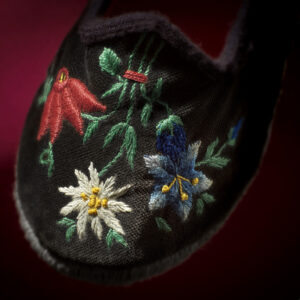
Proposed by Marco Bozzola, Elena Dellapiana, and Claudio Germak from Politecnico di Torino, these traditional Italian slippers highlight Italy's expertise in leatherwork and textile integration. The scarpets are known for their comfort and distinctive design, embodying the fusion of practicality and style in Italian craftsmanship. |
| |
Looking Ahead
As the first round of the Artefact Gallery approaches its conclusion, with just two more artefacts left to be unveiled, the journey is far from over. The initiative is set to continue with three additional rounds, ultimately showcasing a total of 52 artefacts. Each new round promises to bring fresh perspectives, materials, and stories, further enriching our understanding and appreciation of Europe's diverse cultural heritage.
Through the Artefact Gallery, the CULTURALITY project not only honors the legacy of traditional craftsmanship but also champions its evolution, ensuring that these invaluable skills and stories endure for generations to come
|
| |
Introducing Our Partners: Expanding Cultural Horizons in the Second Edition
In this second edition of the CULTURALITY newsletter, we are excited to introduce four key partners, each bringing valuable expertise from different corners of Europe. Representing Italy, Politecnico di Torino contributes its renowned design and research knowledge, enriching the project with innovative approaches to cultural heritage. From Slovenia, the Scientific Research Center of the Slovenian Academy of Sciences and Arts plays a crucial role in deepening our understanding of heritage preservation through academic research. Norway’s Foundation Museum Nord brings its expertise in museum curation and storytelling, helping to bridge past and present through tangible artefacts. Finally, Consiliul Județean Maramureș from Romania offers a rich perspective on rural heritage and cultural tourism, ensuring that local traditions remain a source of inspiration and sustainable development. Together, these partners strengthen CULTURALITY’s mission to promote sustainable cultural tourism in rural and remote areas. |
| |
|
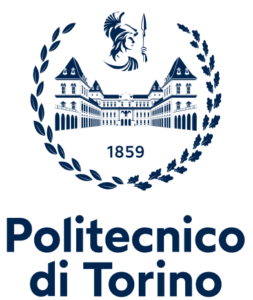
Politecnico di Torino is leading WP6 – Training and Knowledge Transfer for Ecosystem Development, focusing on establishing a strong theoretical foundation for teaching strategies and knowledge dissemination. Additionally, the team actively engages in research—basic, applied, and experimental—within its geographical scope. Their involvement extends to WP7 and WP8, contributing to digital resources for research, outreach, and communication efforts. Like other partners, they also participate in selected tasks within WP2, WP3, WP4, and WP5, reinforcing the collaborative nature of the CULTURALITY project. |
| |
|

Scientific Research Center of the Slovenian Academy of Sciences and Arts (ZRC SAZU) plays a key role in the CULTURALITY project by conducting basic, applied, and experimental research within its geographical area. Working under the guidance of the respective work package leaders, the team contributes its expertise to advancing knowledge and fostering interdisciplinary collaboration across the project's research initiatives. |
| |
|
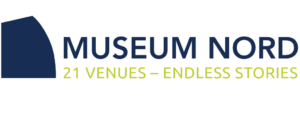
Foundation Museum Nord contributes to the CULTURALITY project by conducting basic, applied, and experimental research within its geographical area. In addition to its research activities, the foundation plays a key role in organizing Rural Spots, Rural Events, and Living Labs, fostering innovation and community engagement through experimental research and cultural initiatives. |
| |
|
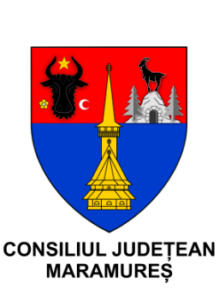
Consiliul Județean Maramureș is a key partner in the CULTURALITY project, leading basic, applied, and experimental research in its region. Beyond research, it takes on a vital role in developing Rural Spots, hosting Rural Events, and establishing Living Labs, creating dynamic spaces for cultural exchange, innovation, and community participation. |
| |
Culturality Project
https://culturalityproject.eu/privacy-policy
| |
|